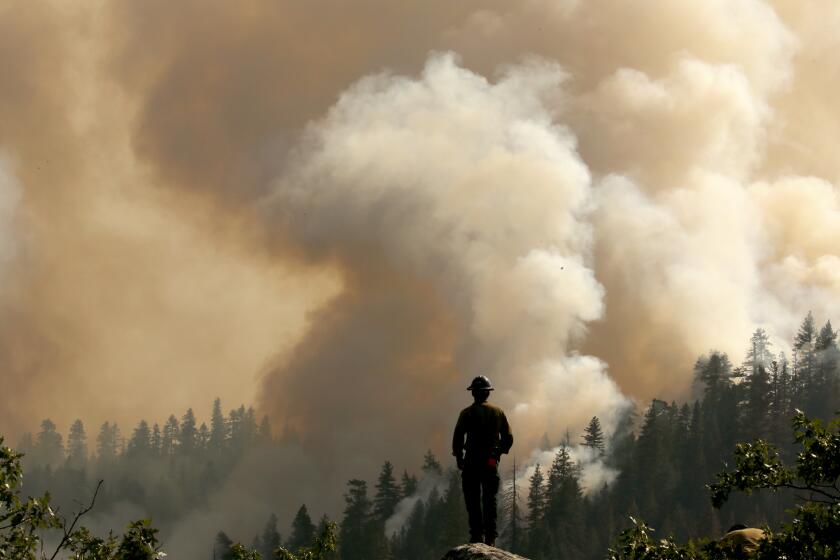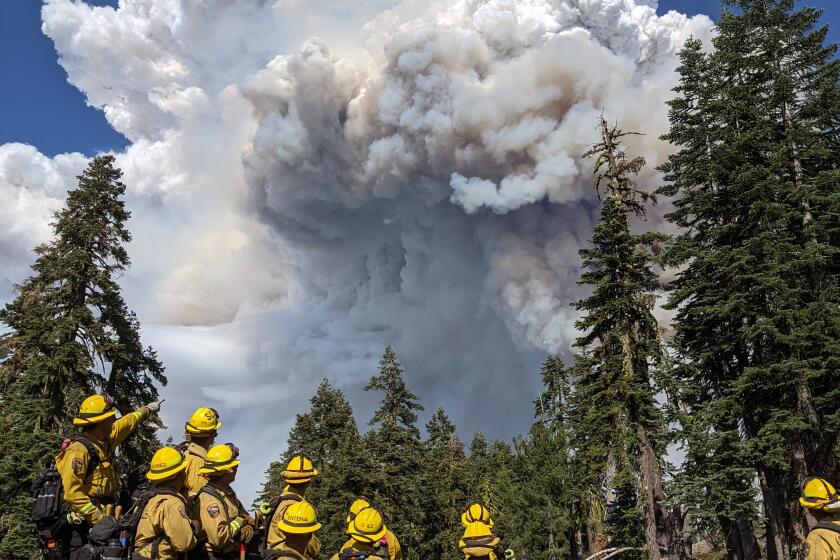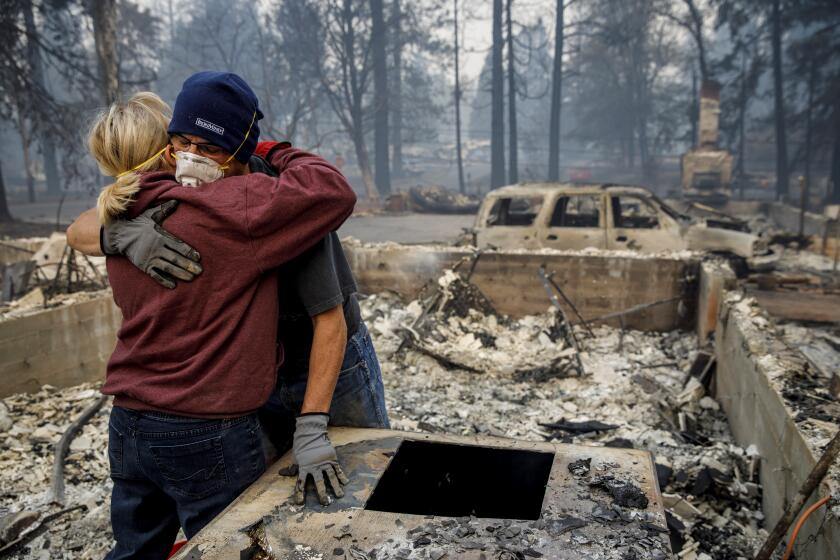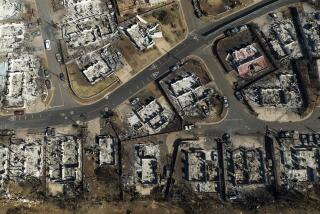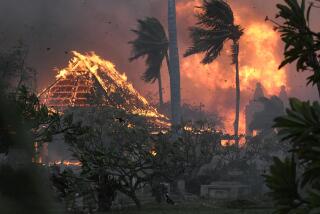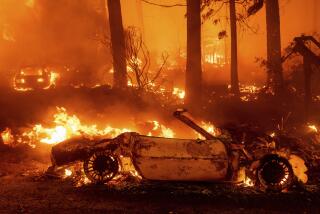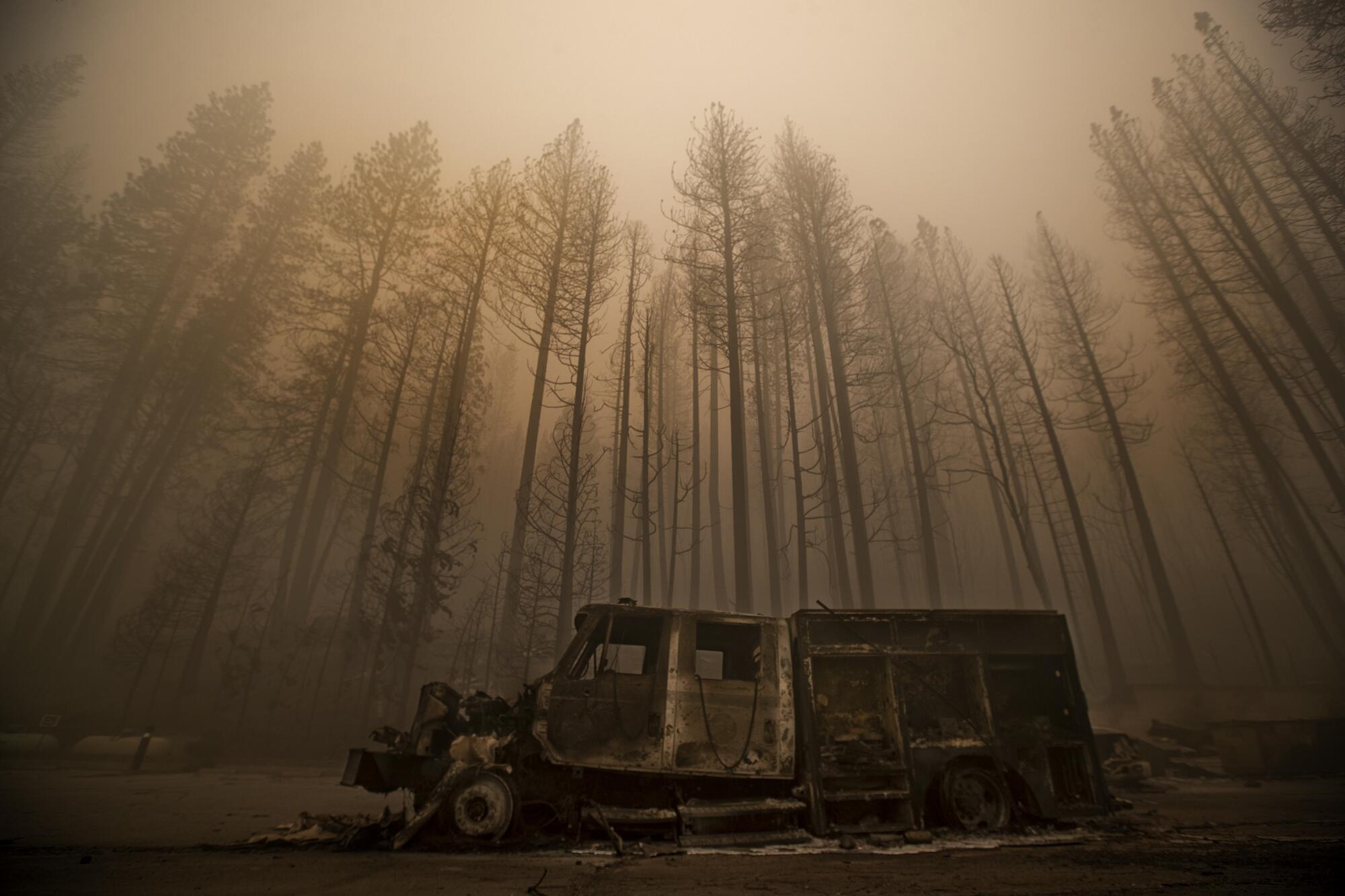
Pacific Gas & Electric Company will be penalized $45 million for its involvement in one of the largest and most destructive wildfires in California history under a settlement reached recently between the utility and state regulators.
The Dixie fire, which burned nearly 1 million acres and destroyed more than 1,300 homes, ignited July 13, 2021, after a Douglas fir tree fell and struck energized conductors owned and operated by PG&E. The blaze became the first known wildfire to burn from one side of the Sierra Nevada to the other.
The California Public Utilities Commission announced the settlement Thursday and said the penalty includes $40 million in shareholder funding for an initiative to transition some of the utility’s hard-copy records to electronic records.
California’s second-largest wildfire on record was started when a tree came into contact with electrical lines, Cal Fire investigators determined.
The initiative “will support public safety by enabling more accurate recording of information and immediate awareness of the condition of PG&E’s assets, thereby improving the timeliness of inspections and preventive maintenance, and assisting the CPUC in conducting future audits and investigations,” the regulatory agency said.
PG&E will also pay $2.5 million in fines to the California General Fund and $2.5 million to tribes affected by the Dixie fire. PG&E will distribute those payments to the Greenville Rancheria and Maidu Summit Consortium, a nonprofit representing a number of Mountain Maidu tribes and organizations, the CPUC said.
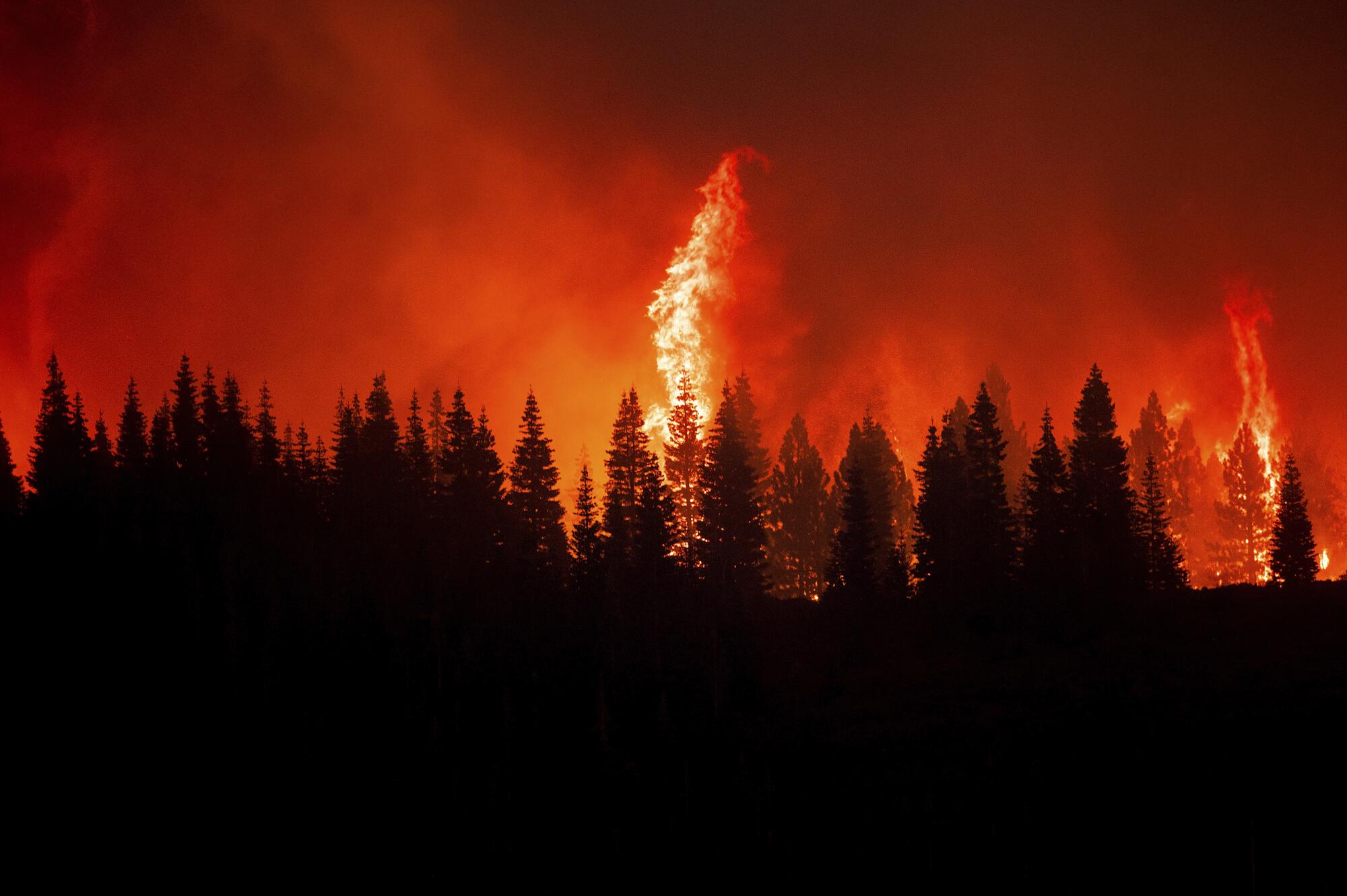
The settlement was reached under a relatively new enforcement tool known as an administrative consent order, which was established in 2020 to “better serve Californians through streamlined enforcement actions” in lieu of a more formal investigation, according to the CPUC.
The conditions that paved the way for the Dixie fire’s growth are becoming more common.
In its own report submitted to the agency soon after the Dixie fire started, PG&E said a worker responded to an outage in the Feather River Canyon area of Plumas County around 7 a.m. that day, but that he was not able to reach the site until after 4:30 p.m. Once there, he found found two blown fuses and a tree leaning into a power line conductor. A fire was burning at the base of the tree, which soon grew out of control.
PG&E officials on Thursday said the utility accepts that a tree falling onto their power line caused the fire, but it denies any fault or negligence.
“PG&E believes we acted as a prudent operator. There is no evidence that PG&E consciously and willfully disregarded a known risk with regard to the ignition of the Dixie fire. We followed the California Public Utilities Commission (CPUC) requirements when inspecting, maintaining and operating our system,” read a statement from the agency.
“We share our regulators’ commitment to improve safety,” the statement said.
The utility said it will not request rate recovery for the settlement expenses — meaning the costs will not affect customers. However, “the agreement does not preclude PG&E from receiving cost recovery for costs related to the fire, including from the state’s Wildfire Fund.”
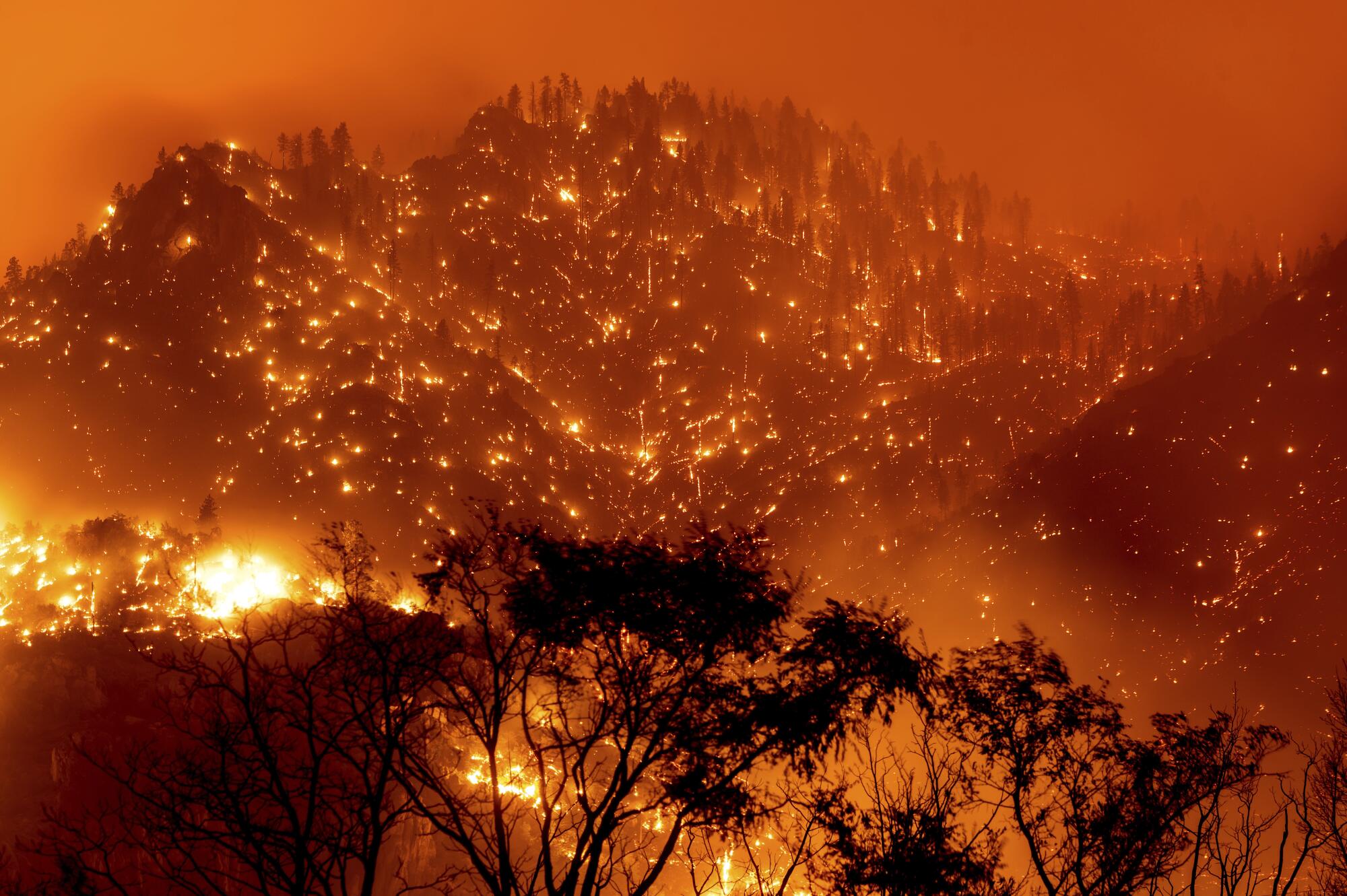
It is not the first time PG&E has been held accountable for its connection to a California wildfire. In recent years, the electric company reached a $150-million settlement with the CPUC for its role in the Zogg fire, which killed four people, and a $125-million settlement for its role in the 2019 Kincade fire, among other agreements.
In 2019, PG&E filed for bankruptcy protection to shield itself from tens of billions of dollars in potential liabilities due to its role in previous state blazes. It emerged from bankruptcy in 2020 with officials promising improvements, including plans to bury 10,000 miles of power lines in high-risk areas where strong winds, downed trees and other factors can lead to fires. Only about 600 miles have been buried so far, officials told The Times in November.
Last year, PG&E avoided criminal prosecution for the Dixie fire as part of a separate settlement agreement with six Northern California counties in which it admitted no wrongdoing. The utility agreed to pay about $55 million over five years in civil penalties, among other terms.
The Camp fire in Paradise revealed vulnerabilities in forest management, electrical equipment, city planning and evacuations. Has the state made strides against those shortcomings?
The CPUC’s five-member committee approved the settlement agreement in a meeting Thursday. Commission President Alice Busching Reynolds noted that “it’s not the only action taken by us or by other government agencies with respect to the fire. “
“When taken as a whole, and viewed in light of the broader circumstances, I do support this negotiated settlement agreement and its related resolution,” she said.
Busching Reynolds said PG&E has since instituted a power line safety program to detect problems on distribution lines — such as fallen trees — which then de-energizes the lines. Unfortunately, she said, “this program was not in place to prevent the Dixie fire.”
The fire, which was contained on Oct. 21, 2021, cost the state $637 million to suppress, CPUC officials said. It was the second-largest wildfire on record in the state.
Toward a more sustainable California
Get Boiling Point, our newsletter exploring climate change, energy and the environment, and become part of the conversation — and the solution.
You may occasionally receive promotional content from the Los Angeles Times.
